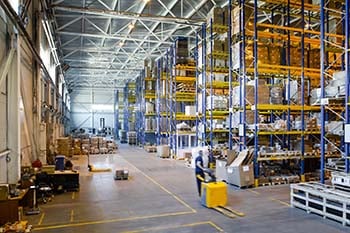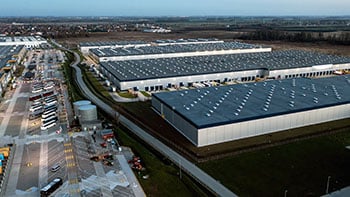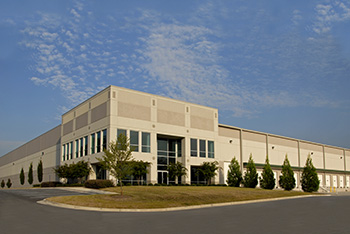Industry Question: My company has just acquired another catalog and the inventory is pouring in.  Management has challenged the distribution center with fitting the new business in our existing footprint until we see if it is going to be successful. I think we are getting close to storage capacity. Do you have any tricks of the trade?
Management has challenged the distribution center with fitting the new business in our existing footprint until we see if it is going to be successful. I think we are getting close to storage capacity. Do you have any tricks of the trade?
- Identify slow moving and obsolete inventory and liquidate it. Old inventory costs storage, gets dirty and damaged over time, and incurs labor expense every time it has to be moved. It is often difficult to get Finance to buy in since the inventory, even though old or discontinued, is still considered an asset. If you cannot get permission to donate or sell through outlets or warehouse sales, move the inventory to the least accessible locations and be sure to note the date purchased on each carton or pallet.
- A warehouse assessment will help to make sure all primary picking locations are sized to match both the product demand and the products’ physical size. Empty space is wasted space. Keeping the picking locations full will open up space in the backstock areas.
- Make sure that you have a variety of location sizes in your pallet racking. All too often we see facilities where every pallet location is the same size. The result is many locations with only 30-50% of the space being used. Our rule of thumb is “if you can shoot a bullet through your racking without hitting any cartons you need to reconfigure your location sizes”. We strive to assist companies to reach the minimum of a 80% full rate within their storage media.
- Depending on how replenishment is performed, you can end up with several partial pallets of the same SKU in your storage area. If your system has the functionality, run “pallet consolidation” regularly. This function identifies pallets which can be merged to free up additional secondary locations.

- Install pallet racking over your dock doors. This is often overlooked storage space. Since dock areas are usually busy, high traffic areas, access to this racking may be limited to off hours. We recommend using those locations for storing slow moving product, packing supplies, fixtures, and other items which you do not need to access frequently.
- Utilize “cross-docking” whenever possible to avoid tying up storage locations for short periods of time. For example, when receiving products that are currently on backorder, move them directly to a pick/pack area instead of putting them temporarily into your racking.




SHARE